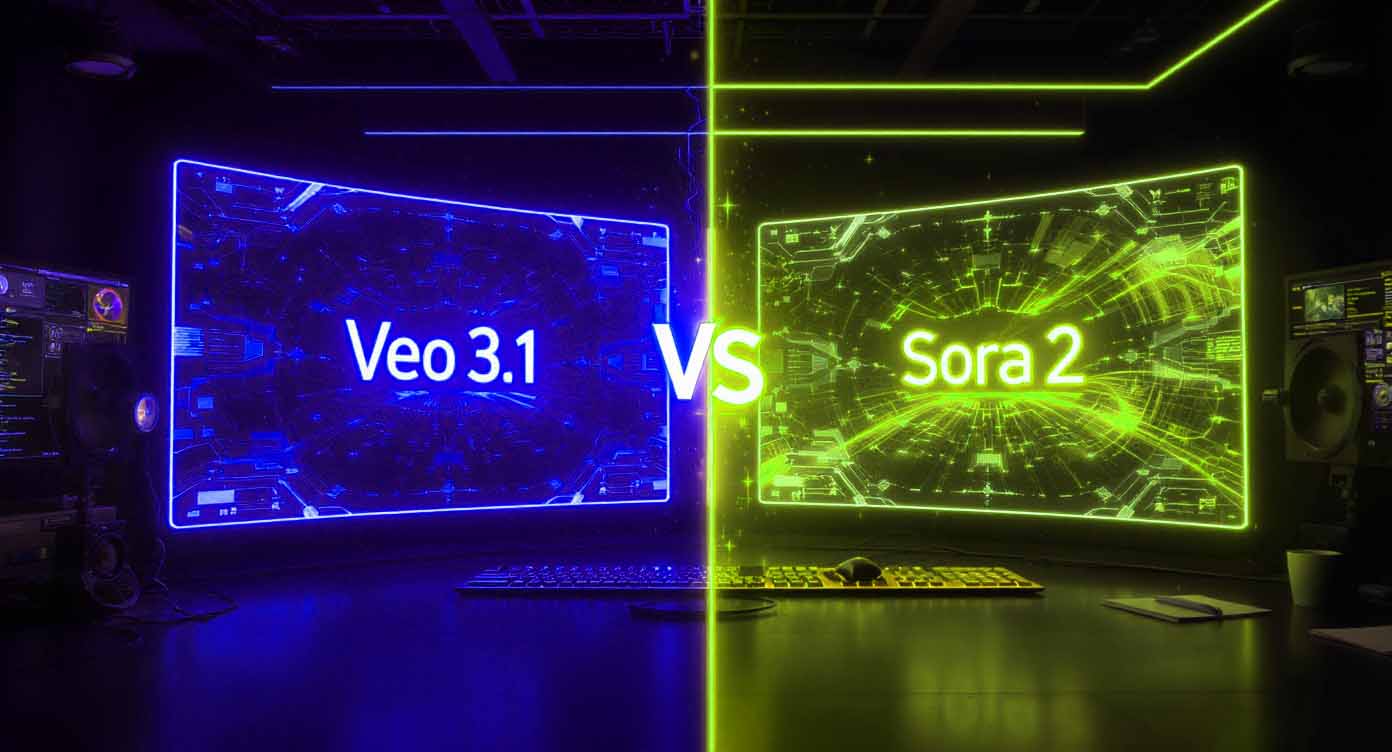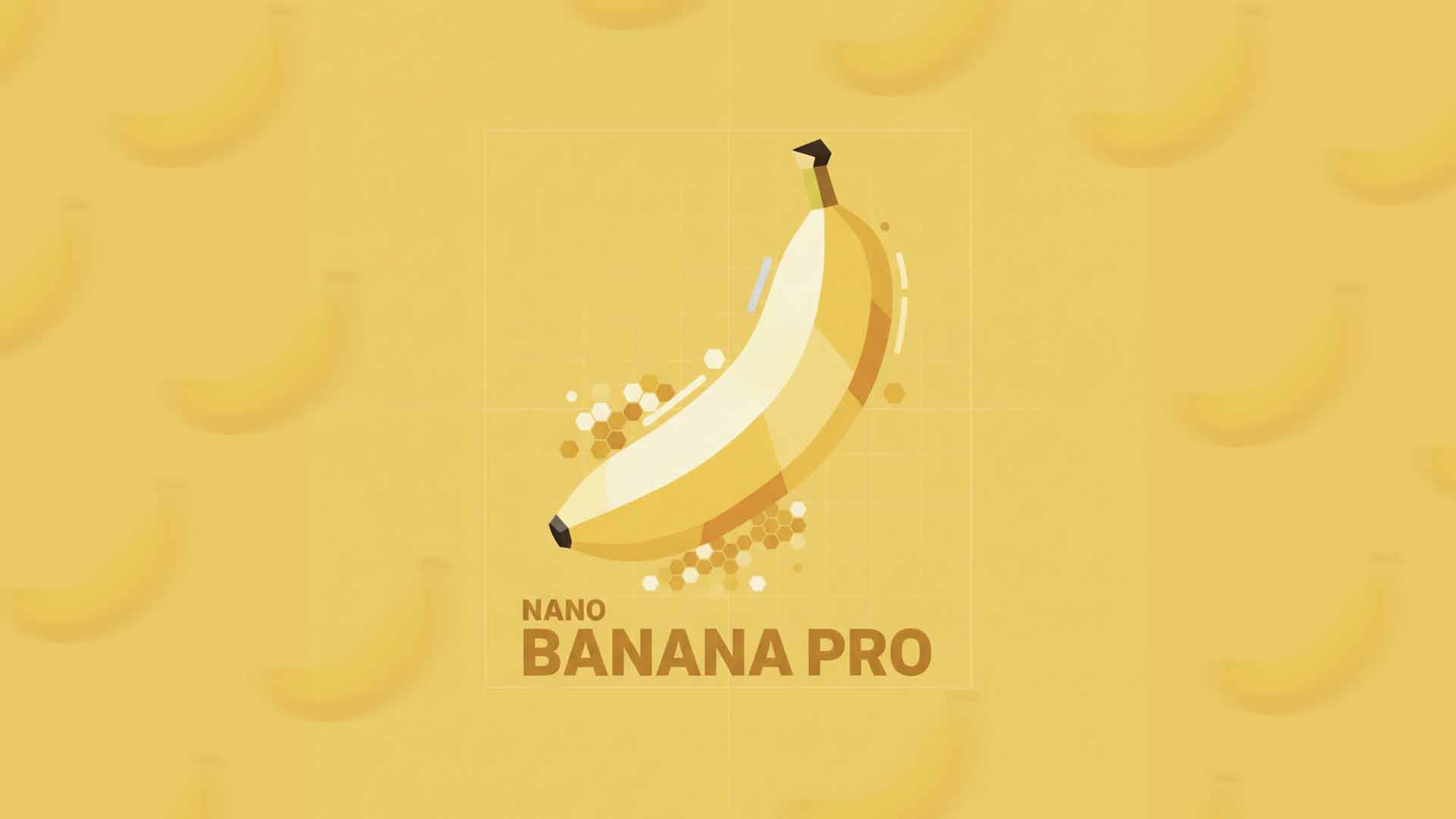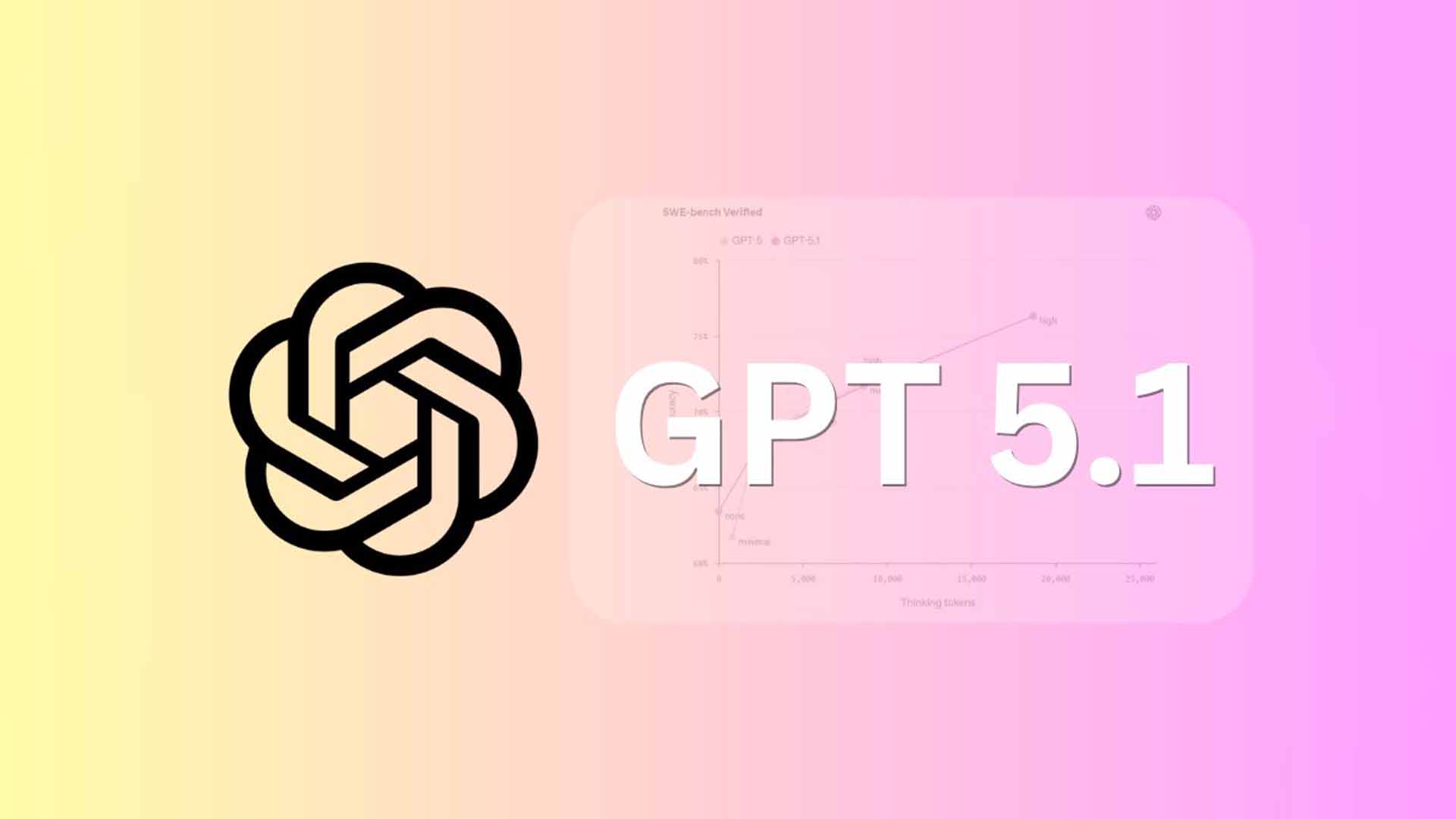Sora 2 (OpenAI) and Veo 3.1 (Google/DeepMind) are both cutting-edge text-to-video systems released in late 2025 that push realism, audio synchronization, and controllability. Sora 2 leans toward cinematic realism, physics-accurate motion and tight audio synchronization and is rolling out behind app/invite access; Veo 3.1 focuses on creative control, composability (image→video, “ingredients” workflows), and wider API preview access through Gemini/Flow. Which one is “best” depends on whether you prioritize cinematic fidelity and synchronized audio (Sora 2) or controllability, workflow tools and API accessibility (Veo 3.1).
What is Sora 2?
Sora 2 is OpenAI’s second major public video-generation model and the headline model powering the new Sora app. Launched as the successor to OpenAI’s original Sora system, Sora 2 emphasizes physical realism, synchronized dialogue and sound effects, and improved controllability compared with earlier text-to-video systems. OpenAI presents Sora 2 as a flagship model intended both for creative content generation and for exploration of multimodal generation capabilities.
Sora 2’s advertised strengths include:
- Sora 2’s key strengths include short, high-fidelity clips that show more believable physics and motion than earlier models.
- Synchronized audio and speech: It also produces synchronized audio and speech, aligning dialogue and sound effects precisely with on-screen actions — not silent clips or loosely matched audio.
- Multi-modal inputs: The model accepts both text and visual references (images) so users can control subject appearance and scene composition.
What is Veo 3.1?
Veo 3.1 is Google’s incremental upgrade to its Veo family of video generation models (Veo 3 → Veo 3.1). The 3.1 release extends video length, adds richer native audio and narrative control, and ships practical editing tools such as scene extension and object removal.The release is explicitly framed as targeting better prompt adherence, multi-shot continuity, and editing workflows.
Veo 3.1 brings together several practical improvements:
- Image → video: Veo 3.1 is explicitly touted as stronger at turning static images into coherent short clips while preserving textures and visual identity.
- Integrated audio and narrative control: the model can generate soundtrack, ambient audio and even narrative structure that better matches cinematic expectations, lowering the friction between a generated clip and a publishable result.
- In-scene editing tools: coupled with Flow, Veo 3.1 supports operations like removing an object from a scene and seamlessly restructuring the background — a major step toward practical editing rather than only generation. Veo 3.1 exposes finer-grained controls for shot lists, camera moves, lighting cues and multi-shot continuity. The model supports chaining clips to build longer narratives by stitching multiple generations together.
Quick Capability Snapshot
| Capability | Sora 2 (OpenAI) | Veo 3.1 (Google) |
|---|---|---|
| Primary focus | Cinematic realism, physics-aware motion, synchronized audio | Multi-shot continuity, narrative controls, richer audio tools |
| Max clip length (public preview reports) | ~15 seconds (app / demo length varies by access) | Up to ~60 seconds with scene extension tools (preview) |
| Native audio sync | Yes — dialogue, SFX, environmental audio | Yes — richer audio and “ingredients to video” audio support |
| Multi-shot / continuity tools | Manual stitching + style controls; high per-shot fidelity | Built-in multi-shot, ingredients, first/last-frame transitions |
| Office Access / availability | Sora app, ChatGPT Pro features, Azure Foundry (enterprise) | Paid preview via Gemini API, Flow, Veo Studio demo |
| Safety / provenance features | System card & mitigations; ongoing rollout | Emphasis on experimental features and developer preview controls |
| Typical use cases | Cinematic single-shots, storytelling with physical realism | Short narratives, consistent characters across shots, editorial flows |
| Editing tools (object removal, scene extension) | Editing and compositing available via app workflows; strong focus on physics realism. | Scene extension, object removal, multi-prompt/multi-shot controls available in Flow/Gemini. |
| Prompt adherence & consistency | High realism and physics fidelity; reported stronger realism in single shots | Improved prompt adherence in multi-shot and continuity scenarios; better predictability for stitching shots. |
Veo 3.1 vs Sora 2: Features
Core generative capabilities
- Sora 2: Emphasizes photorealism, physically plausible motion and synchronized audio (dialogue and sound effects generated to match onscreen events). OpenAI’s messaging highlights improved steerability and an expanded stylistic range for cinematic outputs. This makes Sora 2 particularly useful when you want single-shot cinematic realism (closeups, dynamic lighting, natural motion).
- Veo 3.1: Focuses on a toolkit of creative primitives: improved image→video, “ingredients to video” for consistency across shots, “frames to video” for smooth transitions between start and end frames, and “scene extension” to lengthen clips with coherent visuals and audio. Veo 3.1 brings more explicit control modes (structure-based vs style-based generation) for directors who wish to craft multi-shot sequences with consistent elements.
Audio and dialogue
- Sora 2: Integrated audio generation is a headline: dialogue that’s synchronized with lip motion, background sounds, and sound effects designed to line up with on-screen action. OpenAI has repeatedly called out synchronization as a differentiator. This gives Sora 2 a production advantage for short cinematic scenes where voice and foley must align tightly with visuals.
- Veo 3.1: Advances audio too — Veo 3.1 adds richer audio across features and integrates audio generation into “ingredients” and “frames to video,” enabling voice/music/sfx to be carried across transitions and extended scenes. Google highlights narrative control and audio as part of the Flow updates.
Both systems now generate synchronized audio and speech. Sora 2 calls out high-fidelity dialogue and environment-aware SFX; Veo 3.1 improves audio across its multi-shot tooling and adds audio to its “ingredients” features. Side-by-side testing suggests Sora 2’s audio tends to emphasize naturalistic placement of sounds in the scene, whereas Veo 3.1’s audio tools prioritize narrative control and consistent audio motifs across shots— choose Sora 2 if you prioritize cinematic synced dialogue in single scenes, and Veo 3.1 if you want richer, programmatically controlled audio across image-to-video pipelines.
Controllability / prompt interfaces
- Sora 2: Emphasizes steerability and style controls; many demos show fine-grained prompts and app-level templates that tune lighting, camera motion, and physics cues. OpenAI also published a system card describing mitigation and steering strategies.
- Veo 3.1: Veo 3.1 + Flow** explicitly markets in-scene editing (remove/insert objects, restructure backgrounds) and stronger multi-shot bridging tools., adds structured prompt modes (style-based vs structure-based workflows), multi-prompt timelines, and parameters available via Gemini API and Veo Studio. This is intended to streamline editing workflows and make multi-shot sequencing easier for creators and developers.
Takeaway: Veo 3.1 currently has the edge for built-in editing and “what you see is what you can surgically change” workflows; Sora 2 is excellent for fast creative generation but often requires post-processing for precise edits.
Continuity, multi-shot control and editing tools
Veo 3.1’s standout is tooling for multi-shot coherence: multi-prompting for multi-shot videos, tools to extend scenes up to about a minute, and object removal that rewrites the scene around erased items. These are explicitly aimed at efficient editing workflows.
Sora 2’s answer is stronger per-clip fidelity and integrated audio, but many practical Sora use cases require stitching multiple Sora clips into longer scenes — a step that’s improving in its ecosystem but still a different workflow than Veo’s built-in continuity features.
Veo 3.1 vs Sora 2: Performance
Note: “Performance” here covers fidelity (visual/audio realism), speed, and consistency. Benchmarks in public testing are preliminary and sensitive to prompt, budget (compute tier), and postprocessing.
Visual fidelity & realism
- Sora 2: Sora 2 highlight higher realism and superior physics in motion — cloth, collisions, and object interactions look more natural in many single-shot tests. Independent write-ups report Sora 2 as especially strong in photographic realism.
- Veo 3.1: Strong on clarity, crisp details, and consistent rendering across frames. Veo 3.1 produces sharp, highly detailed frames and maintains consistent visual style when using ingredient-based workflows — sometimes giving more predictable results when bridging shots.
Takeaway: Sora 2 tends to be praised for natural motion and physics in short scenes; Veo 3.1 shines when you need image-to-video fidelity and texture preservation.
Speed and throughput
Sora 2 can be fast for short single shots (e.g., sub-1-minute total turnaround for short clips in optimized app flows), while Veo 3.1 may have higher runtime for multi-shot generation but reduces post-editing time thanks to built-in continuity tools. Speed depends heavily on access tier (app vs API vs enterprise) and compute options. Benchmarks vary by scene complexity, but both systems now produce usable 8–60 second outputs in timescales suitable for iterative creative work rather than overnight batch runs.
Robustness & prompt adherence
When pushed to longer, multi-scene sequences, Veo 3.1’s multi-shot controls and scene extension tools currently offer more consistent identity-preservation and lighting continuity. Sora 2 shines at single-shot realism, with particularly good physics simulation and audio sync. Several reviewers who tested both reported that Veo is easier to produce consistent character-led sequences, while Sora 2 produced higher-fidelity standalone moments. If your project is a sequence of scenes that must maintain a character’s look and behavior across shots, Veo 3.1 presently has the edge in workflow features for that problem.
Both Sora 2 and Veo 3.1 represent a rapid maturation of generative video. Sora 2 pushes realism and integrated audio, making it a go-to for single-shot cinematic work and applications that want more lifelike physical behavior. Veo 3.1 counters with practical editing controls, multi-shot continuity and improved prompt adherence — features that reduce manual postwork when creating longer narratives. The right choice depends on whether you value single-clip fidelity or multi-shot workflow efficiency, and on which cloud/app ecosystem you already live in.
Ready to Generate Video?



